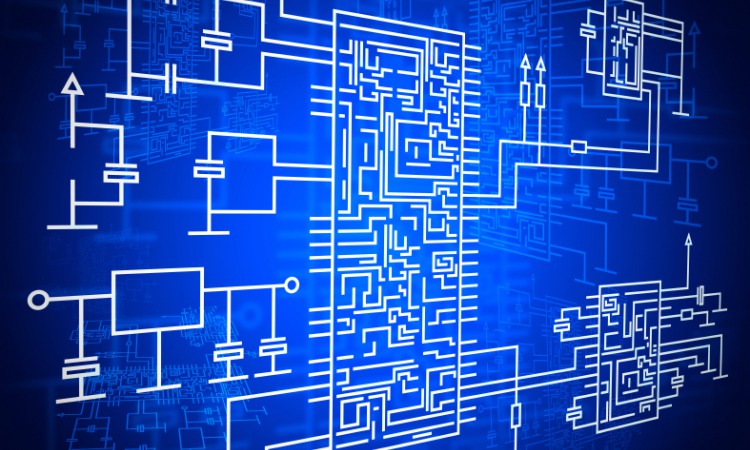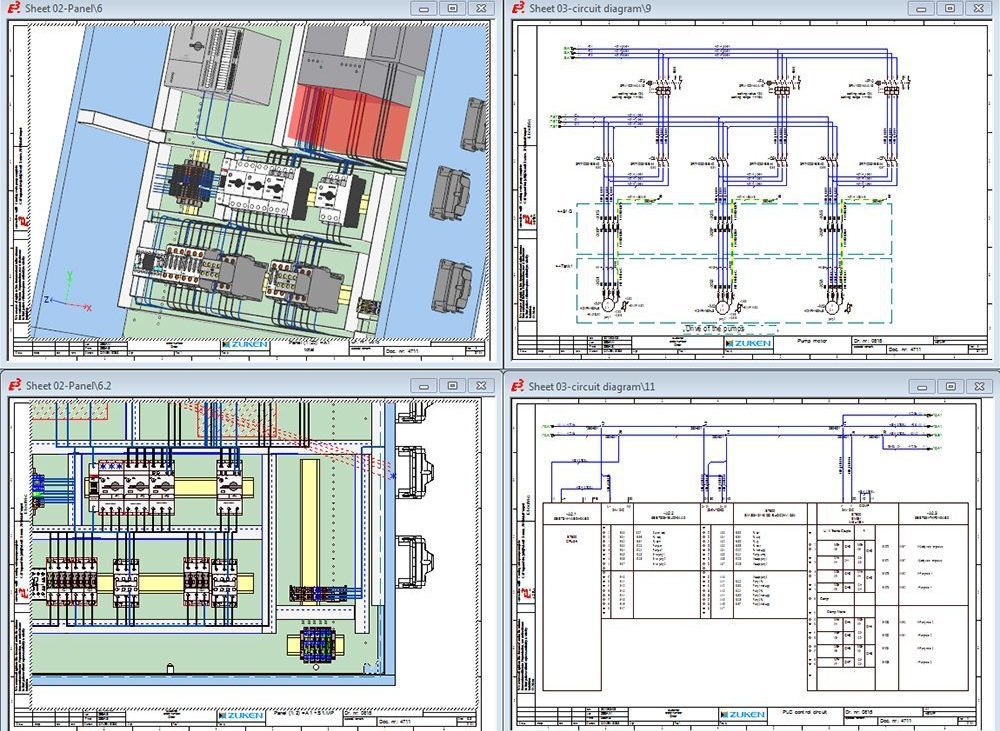Professional Electrical Design Services for Residential Constructions and Renovations
Professional Electrical Design Services for Residential Constructions and Renovations
Blog Article
Ingenious Electrical Design Providers for Modern Infrastructure
The development of modern-day framework necessitates innovative electrical design solutions that not just boost operational effectiveness however additionally address sustainability obstacles. As metropolitan environments grow progressively complex, incorporating modern technologies such as smart grids and renewable resource resources ends up being critical. These advancements not just guarantee to optimize power intake however likewise foster strength versus future demands. The landscape of electrical design is going through fast change, motivating a closer examination of emerging patterns and their effects for long-term infrastructure practicality. What might the future hold for those that welcome these cutting-edge approaches?
Importance of Cutting-edge Electric Design
Innovative electric design plays a vital function in modern-day facilities, influencing not only effectiveness however likewise sustainability. As cities develop and the demand for power boosts, the requirement for innovative electric systems becomes extremely important. These systems must not only meet existing demands but also anticipate future development and technical advancements.
A well-executed electrical design can considerably lower power usage, thus reducing functional expenses and lessening environmental influence. By including renewable resource sources, such as photovoltaic panels and wind turbines, innovative layouts can boost power freedom and durability. Wise grid modern technologies enable for real-time monitoring and management of energy distribution, maximizing performance and decreasing waste.
Security is another critical element of electrical design. Carrying out sophisticated technologies and strenuous criteria can mitigate threats connected with electric failures, ensuring a safe environment for organizations and locals alike. In addition, ingenious styles facilitate versatility, enabling facilities to integrate arising technologies perfectly.
Secret Patterns in Electric Design
As the landscape of electric design remains to evolve, a number of crucial patterns are forming the future of the sector. One significant trend is the integration of wise innovation right into electric systems. The spreading of the Internet of Things (IoT) has made it possible for real-time surveillance and control of electrical gadgets, boosting effectiveness and assisting in predictive maintenance.
An additional trend is the expanding emphasis on modular design. This strategy permits scalable and versatile remedies, enabling facilities to adapt to altering demands without extensive remodellings. Furthermore, the usage of advanced simulation devices and Structure Info Modeling (BIM) is ending up being increasingly prevalent, simplifying the design process and enhancing collaboration among stakeholders.
Furthermore, innovations in products science are bring about the development of lighter, much more long lasting, and energy-efficient parts. This technology is especially important for high-performance buildings and facilities projects.
Lastly, there is a marked change towards data-driven decision-making - electrical design services. Leveraging data analytics assists designers enhance systems for performance and cost-effectiveness. Together, these fads represent a transformative period in electrical design, improving functionality, sustainability, and resilience in modern-day facilities
Sustainable Energy Solutions
Sustainable power solutions are progressively ending up being a crucial emphasis in electric design, showing a more comprehensive commitment to ecological responsibility and source efficiency. These remedies intend to minimize environmental impact while maximizing energy usage in different frameworks, from domestic structures to huge industrial facilities.
Among the leading approaches entails the combination of sustainable power sources, such as photovoltaic panels and wind turbines, into electric systems. This not just minimizes dependence on nonrenewable fuel sources yet also boosts power resilience. In addition, innovative power storage systems, such as innovative batteries, make it possible for efficient monitoring and circulation of energy, ensuring that excess power produced throughout optimal manufacturing can be used throughout high demand periods.
In addition, energy-efficient design techniques are being embraced to boost total system performance. This includes making use of energy-efficient illumination, HVAC systems, and smart structure innovations that internet monitor and adapt power use based on occupancy and environmental conditions.
Smart Grid Technologies
The implementation of lasting energy solutions naturally leads to the exploration of smart grid innovations, which play a pivotal duty in improving electric systems. Smart grids utilize advanced interaction innovations and information analytics to improve the reliability, effectiveness, and sustainability of electrical power distribution. By integrating digital innovation with conventional grid facilities, these systems promote real-time tracking, automated control, and improved decision-making capacities.
Among the vital attributes of clever grids is their capability to accommodate renewable energy resources, such as solar and wind power. This adaptability not just reduces dependence on nonrenewable fuel sources but likewise permits an extra decentralized power manufacturing design. Smart grids allow demand action programs, where consumers can readjust their power usage based on real-time prices, thereby promoting power preservation and lowering peak load needs.
In addition, smart grid technologies boost grid resilience by enabling quicker identification and resolution of blackouts, ultimately minimizing downtime. With predictive maintenance and analytics, energies can maximize operations and enhance solution delivery. As neighborhoods and cities proceed to evolve, smart grid technologies are crucial for building a sustainable and efficient electric infrastructure that fulfills the needs of contemporary society.

Future-Proofing Infrastructure
To ensure lasting viability and versatility, future-proofing framework is crucial in the rapidly evolving landscape of electrical design services. As modern technology advancements and energy demands change, it is important that electrical systems are created with flexibility in mind. This entails integrating scalable remedies that can fit future upgrades without demanding extensive overhauls.

Additionally, sustainability should be a cornerstone of future-proofed layouts. Making use of renewable resource sources, such as solar and wind, and optimizing power efficiency lower electrical load calculation reliance on fossil fuels, straightening with worldwide efforts to deal with environment change.
Verdict
In final thought, innovative electrical design solutions play an essential function fit modern infrastructure. By prioritizing sustainability, efficiency, and flexibility, these solutions deal with the developing needs of energy systems. The assimilation of smart grid innovations and lasting energy options boosts durability and minimizes functional expenses. Future-proofing facilities via advanced simulation tools and modular methods ensures that electrical systems stay receptive to changing needs, inevitably adding to a more energy-independent and sustainable read more future.
A well-executed electrical design can considerably decrease power usage, thus lowering functional expenses and decreasing ecological effect. By incorporating renewable energy resources, such as solar panels and wind generators, innovative designs can boost power self-reliance and resilience. Additionally, ingenious energy storage systems, such as advanced batteries, make it possible for effective monitoring and circulation of energy, guaranteeing that surplus energy created during height production can be utilized throughout high need durations.
Clever grids make it possible for need reaction programs, where customers can adjust their power usage based on real-time pricing, thus advertising power preservation and minimizing peak lots needs. (industrial electrical design)
As innovation advancements and power needs change, it is vital that electric systems are created with adaptability in mind.
Report this page